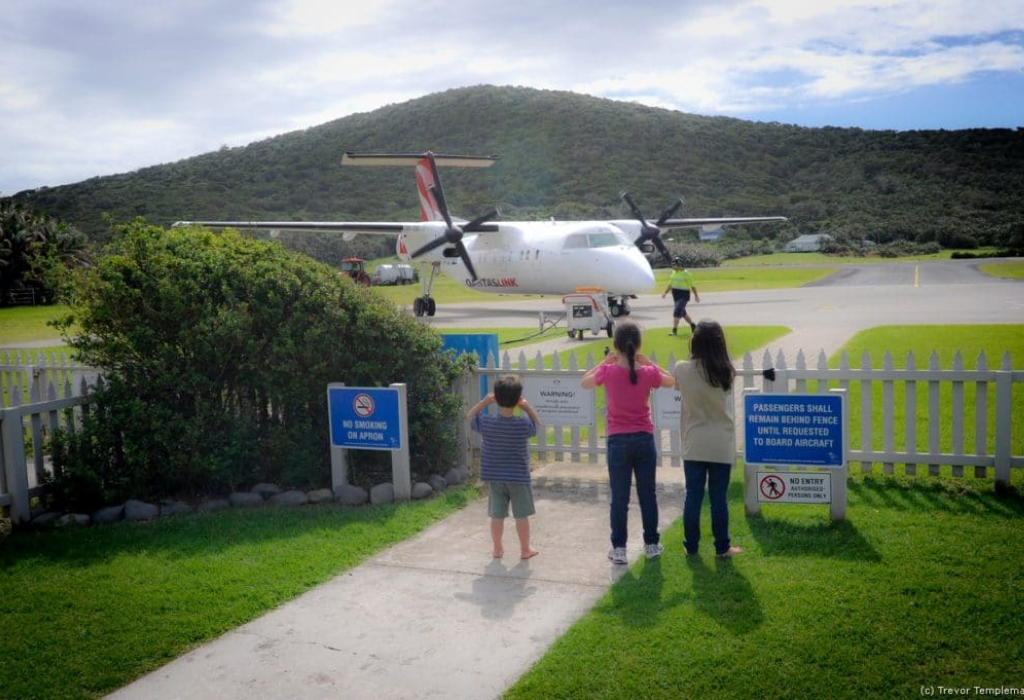
Lord Howe Island is located in the Tasman Sea, about 600 kilometers (370 miles) east of the Australian mainland in the state of New South Wales. It is part of the state's Lord Howe Island Group, which also includes smaller islands such as Ball's Pyramid.

Lord Howe Island emerged from the sea as a volcanic seamount around 7 million years ago, although it wasn't discovered and inhabited until much later. The first recorded sighting by Europeans was by Lieutenant Henry Lidgbird Ball in 1788. The island was subsequently named after Richard Howe, the First Lord of the British Admiralty at that time.

Lord Howe Island was not "invented" by a single individual; rather, it is a natural formation that emerged due to volcanic activity millions of years ago. It was discovered by European explorers, with Lieutenant Henry Lidgbird Ball being the first recorded European to sight the island in 1788.

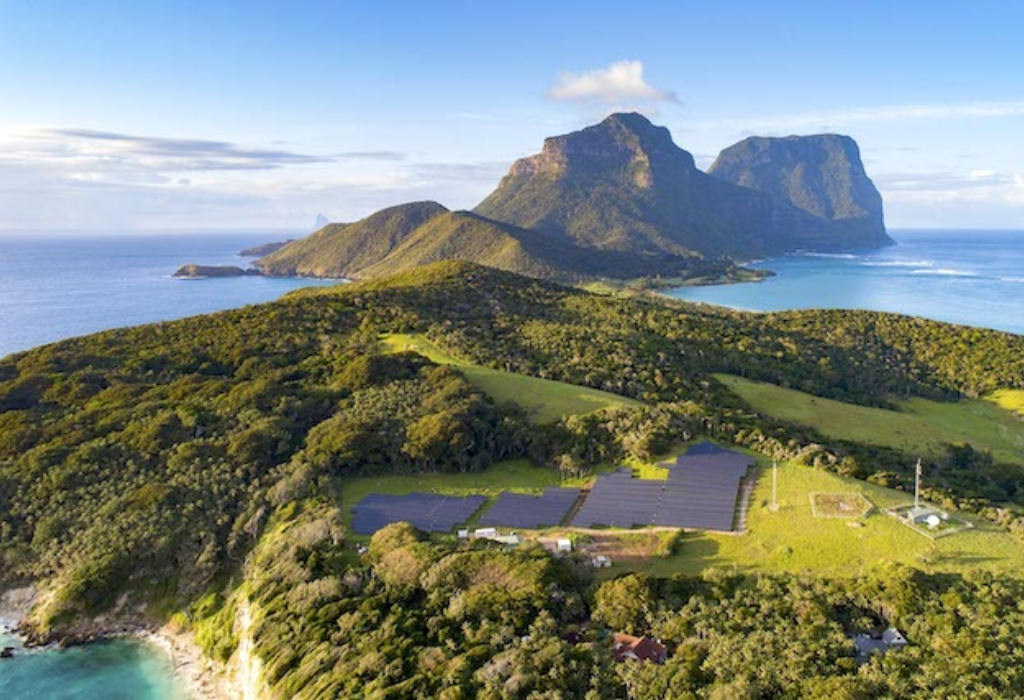
Lord Howe Island is named after Richard Howe, the First Lord of the British Admiralty. Lieutenant Henry Lidgbird Ball, who was serving in the Royal Navy, sighted the island in 1788 and named it after Richard Howe. This was a common practice during the colonial era, where explorers often named newly discovered places after prominent figures or benefactors who supported their expeditions.
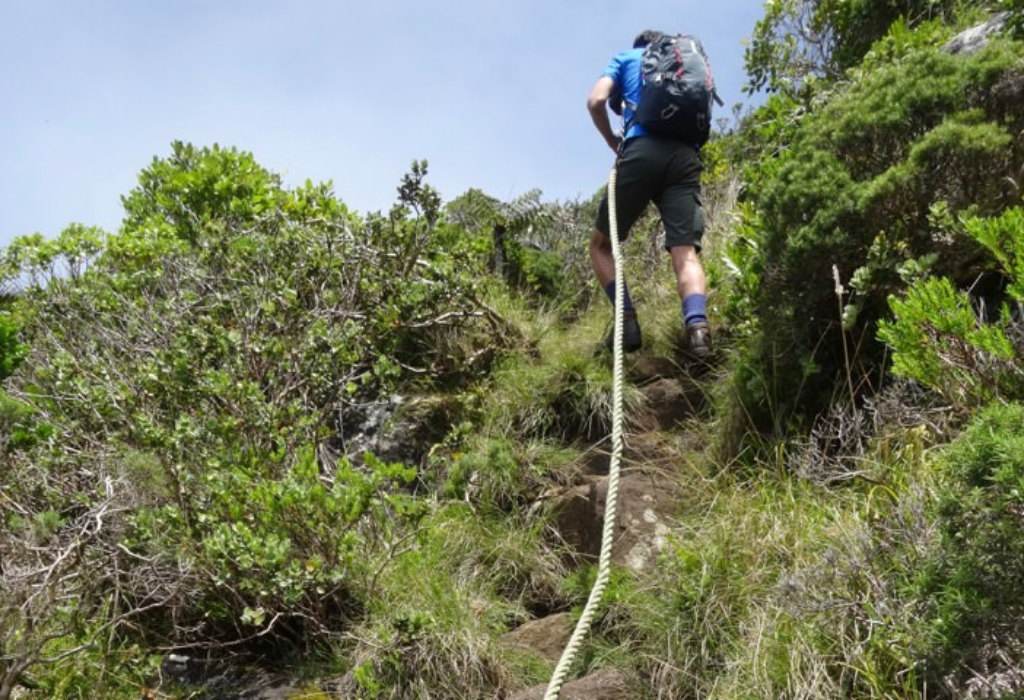




Lord Howe Island offers a variety of hiking opportunities that attract hiking enthusiasts for several reasons:
1. Diverse Terrain: The island boasts diverse landscapes, including lush forests, rugged cliffs, pristine beaches, and volcanic peaks. This variety provides hikers with a range of trails to explore, from leisurely strolls to challenging climbs.
2. Scenic Beauty: Hiking on Lord Howe Island offers breathtaking views of the surrounding Tasman Sea, coral reefs, and the island's unique flora and fauna. The vistas from elevated vantage points such as Mount Gower and Mount Lidgbird are especially stunning.
3. World-Class Trails: The island features well-maintained hiking trails that cater to different skill levels. The trek to the summit of Mount Gower, often considered one of the best hikes in the world, offers a challenging but rewarding experience for avid hikers.
4. Biodiversity: Lord Howe Island is a UNESCO World Heritage site renowned for its biodiversity. Hikers can encounter rare and endemic species of plants and animals along the trails, including unique birds like the Lord Howe Island woodhen and the Providence petrel.
5. Remote and Peaceful: Despite its popularity as a tourist destination, Lord Howe Island remains relatively remote and uncrowded. Hiking trails provide opportunities for solitude and immersion in nature, making it an ideal destination for those seeking a peaceful outdoor experience.
Overall, the combination of stunning scenery, well-maintained trails, biodiversity, and tranquility makes Lord Howe Island a paradise for hiking lovers.

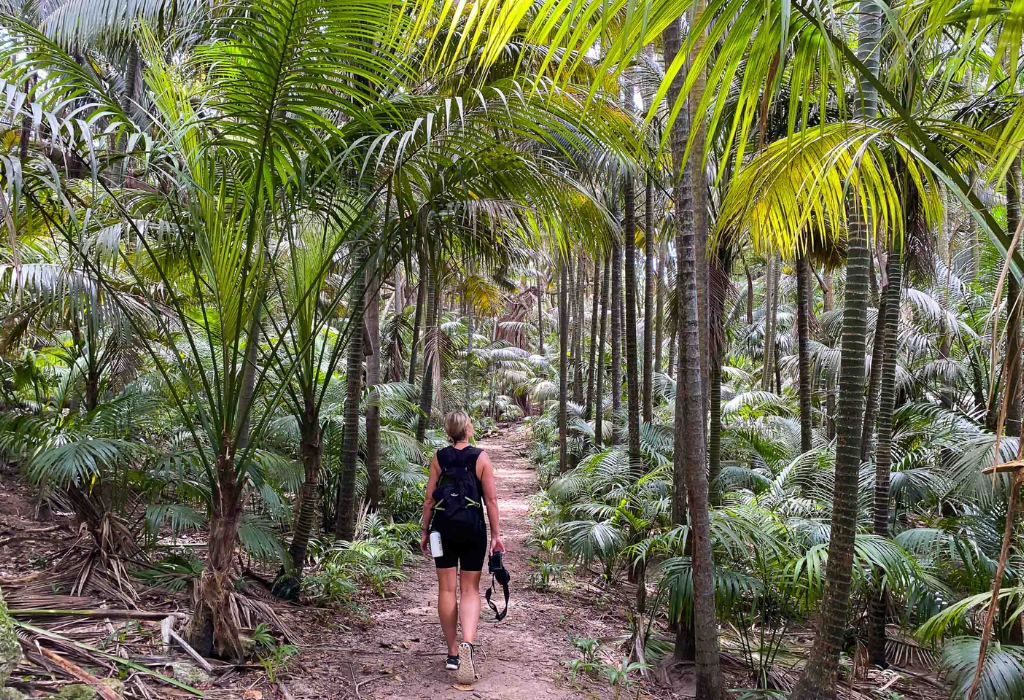

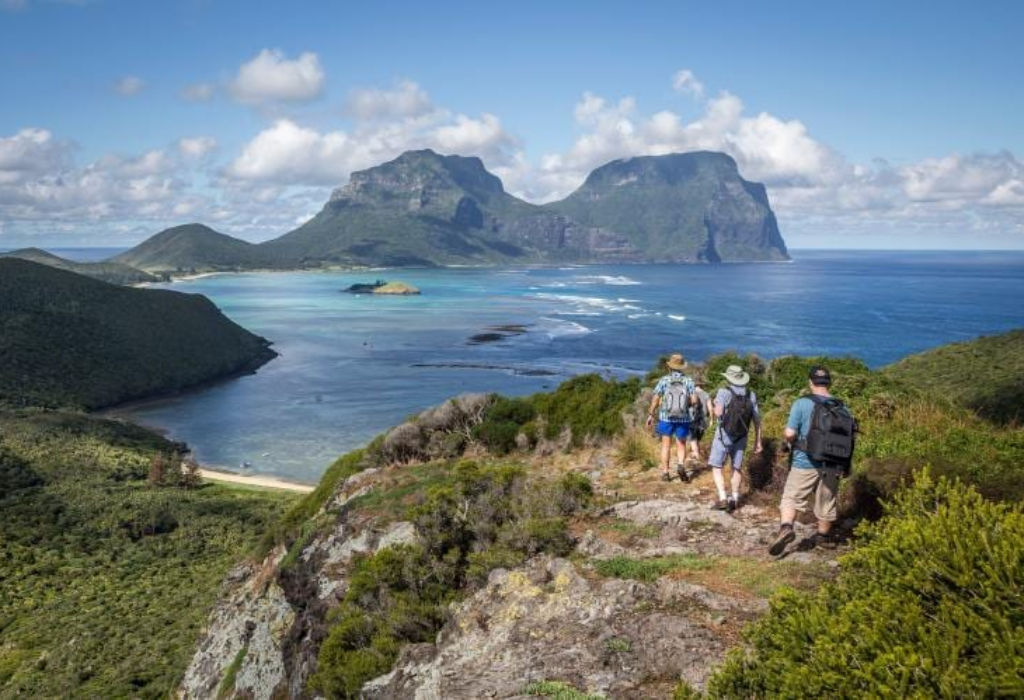

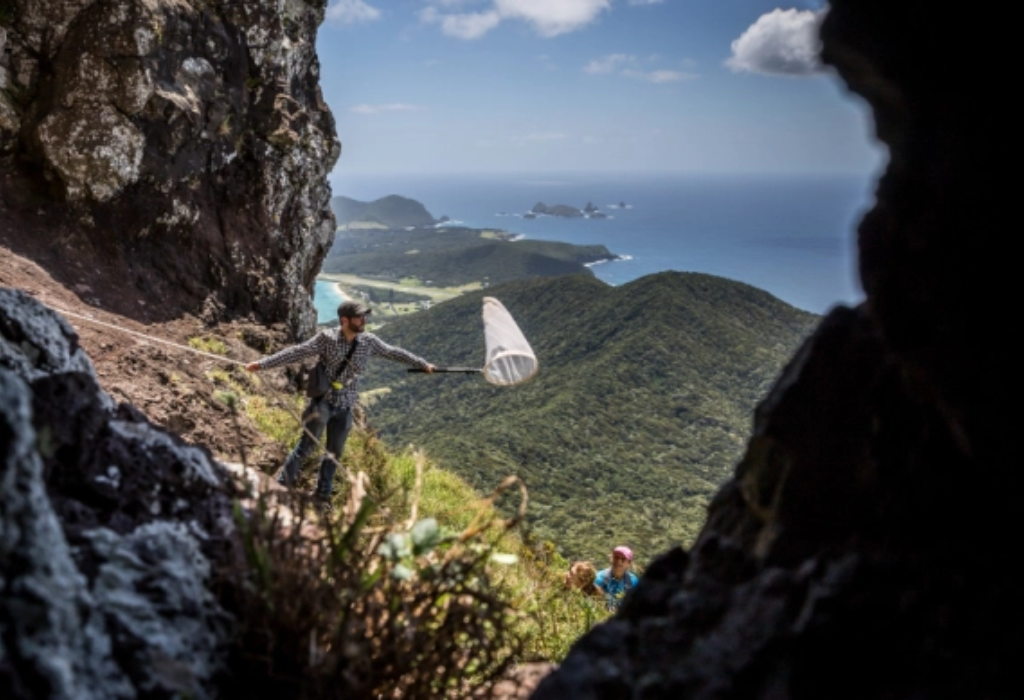

While Lord Howe Island offers hiking opportunities throughout the year, the best time for hiking largely depends on personal preferences and specific trail conditions. Here's a breakdown of the island's climate and hiking conditions throughout the year:
1. **Spring (September to November)**:
- Spring brings mild temperatures and blooming flora, making it an ideal time for hiking.
- Trails may be less crowded compared to the peak tourist season in summer.
- Weather conditions are generally pleasant, with lower humidity and rainfall compared to the summer months.
2. **Summer (December to February)**:
- Summer offers warm temperatures and longer daylight hours, providing ample time for hiking adventures.
- However, it's also the peak tourist season, so popular trails may be more crowded.
- Be prepared for higher temperatures and humidity, especially during the day.
3. **Autumn (March to May)**:
- Autumn brings cooler temperatures and reduced humidity, making hiking more comfortable.
- The island's vegetation begins to change colors, offering picturesque landscapes for hikers.
- Crowds may decrease compared to the summer months, providing a more tranquil hiking experience.
4. **Winter (June to August)**:
- Winter on Lord Howe Island is relatively mild, with cooler temperatures and occasional rainfall.
- While hiking is still possible, some trails may be affected by rainfall, so it's essential to check trail conditions beforehand.
- Winter is the low tourist season, offering quieter trails and accommodation options.
Overall, Lord Howe Island offers hiking opportunities year-round, but each season has its own unique advantages. Hikers should consider factors such as weather, trail conditions, and personal preferences when planning their hiking adventures on the island.